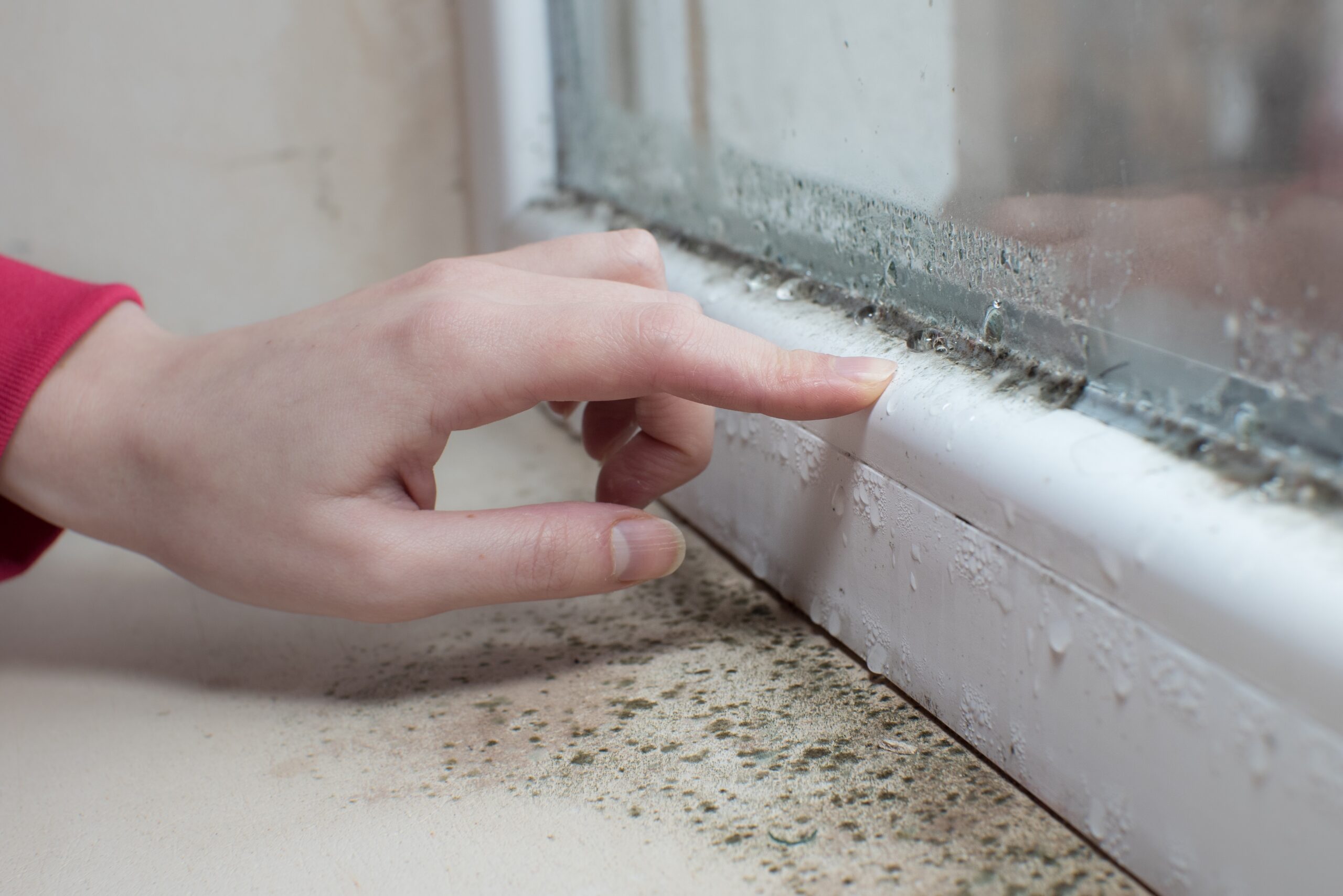
When we think of air pollution, we often imagine smog-filled cityscapes or factory emissions—but the reality is, indoor air can be even more polluted than outdoor air. According to the Environmental Protection Agency (EPA), indoor levels of pollutants may be two to five times—and occasionally more than 100 times—higher than outdoor levels. So how can you tell if your home is silently suffering from poor air quality?
1. Dust Buildup, Especially Around Vents
Excessive dust on surfaces and especially around air vents could indicate that your HVAC system is circulating contaminated air or that your filters are not doing their job effectively. While a little dust is normal, a consistent layer returning quickly after cleaning could be a red flag. It may also point to dirty ductwork or inadequate filtration.
2. Unusual Odors That Linger
Musty, chemical, or stale odors that persist—even after cleaning or airing out your home—could signal poor ventilation or the presence of pollutants like mold spores or volatile organic compounds (VOCs). VOCs can off-gas from common household items such as paints, cleaning products, and furniture made with pressed wood.
3. Condensation on Windows or Walls
If you’re frequently noticing water droplets forming on the inside of windows or damp patches on walls, it could be a sign of high indoor humidity. This moisture imbalance often fosters mold and mildew growth, which not only affects air quality but can also damage drywall, paint, and structural wood over time.
4. Visible Mold Growth or Mildew
Even small patches of mold—often found in bathrooms, basements, or near leaky windows—can point to a wider issue with air circulation or humidity control. Mold spores can spread quickly, potentially impacting large areas and leading to expensive remediation if not addressed early.
5. Discoloration on Walls or Ceilings
Yellowing around ceiling tiles, bubbling paint, or other discoloration could point to excess moisture and potential microbial growth. These physical signs are often the tip of the iceberg when it comes to what’s hiding behind the walls.
What Can You Do?
Improving indoor air quality starts with identifying the root causes. Here are some simple steps you can take:
- Inspect and replace air filters regularly.
- Ensure proper ventilation in moisture-prone areas.
- Consider a professional inspection to assess for mold, asbestos, or other airborne contaminants.
- Seal duct leaks and clean ductwork when needed.
- Use dehumidifiers to maintain relative humidity between 30–50%.
Final Thoughts
Poor indoor air quality doesn’t always announce itself with dramatic symptoms—it often shows up in the subtle wear and tear on your home. Being proactive about recognizing these environmental and maintenance-related signs can help protect your space and avoid costly damage down the road.
If you’re noticing any of these warning signs in your home, it may be time for a professional assessment. Contact us to schedule an indoor air quality inspection today to ensure your environment is safe, clean, and well-maintained.


